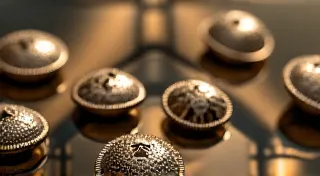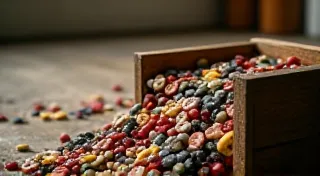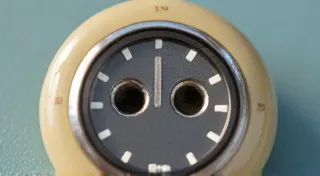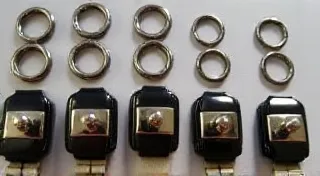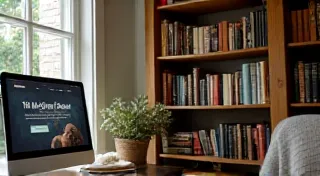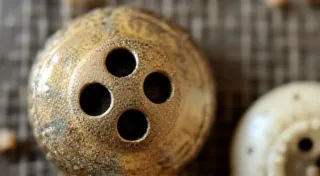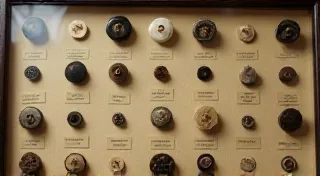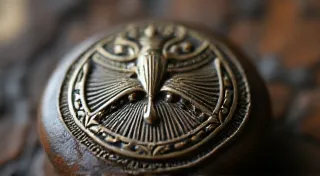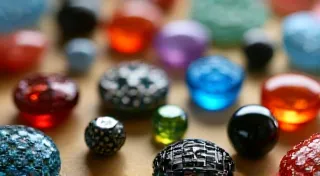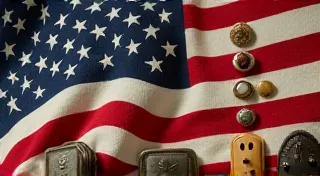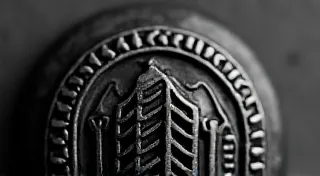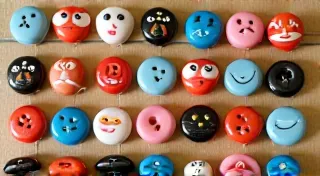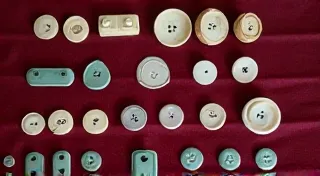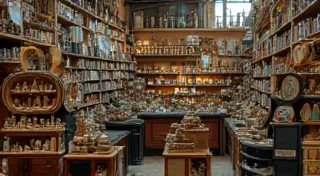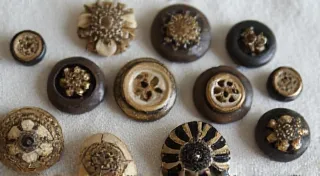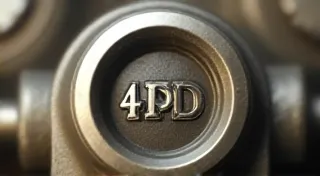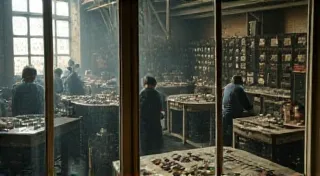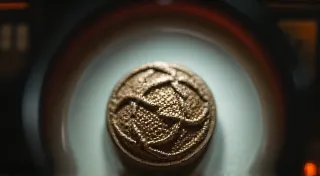The Ultimate Antique Button Collectors Guide
Welcome to the definitive online resource for antique buttons! Whether you’re a seasoned collector or just beginning your journey into the fascinating world of button collecting, this guide is packed with information to help you identify, value, and appreciate these tiny treasures. We've included details on vintage buttons, their historical context, and how to accurately assess their button values. This comprehensive guide aims to cover everything from basic identification to advanced appraisal techniques.
For centuries, buttons have served a practical purpose, fastening clothing and accessories. However, they’re much more than functional fasteners; they are miniature works of art, reflecting the fashions, technologies, and cultural nuances of their eras. This guide explores the rich button history, from their humble beginnings as functional closures to their evolution into intricate design elements. We’ll delve into the materials used, the manufacturing techniques employed, and the design styles that define different periods, helping you understand the story behind each button you find. Understanding button values is a key element, and we’re here to help you navigate the complexities of assessing their worth – from rare and historical specimens to more common vintage buttons.
Getting Started: Your First Steps in Button Collecting
Feeling overwhelmed? Don't worry! Our A Beginner's Guide to Antique Button Collecting will equip you with the essential knowledge to begin your collecting adventure. It covers everything from establishing a collecting focus (like specific eras, materials, or types) to developing an eye for detail. Knowing what to look for is half the battle. Consider these initial steps:
- Define Your Focus: Do you prefer glass buttons, metal buttons, shell buttons, or a specific era? Focusing your collection helps narrow the field and allows you to become a true expert in your chosen area.
- Learn the Terminology: Familiarize yourself with common terms like shank, eye, mold number, and glaze. This will enable you to communicate effectively with other collectors and understand descriptions in catalogs and online listings.
- Attend Button Shows and Sales: These events are a great way to see a wide variety of buttons in person, meet other collectors, and learn from experienced dealers.
- Join Button Collecting Clubs: These clubs offer a wealth of knowledge and resources, and they provide opportunities to connect with like-minded individuals.
Understanding the button values of these collectibles is also key. The process of valuing antique buttons isn't as simple as looking at age alone. A combination of factors influences price, including rarity, condition, material, design, and historical significance. We’ll guide you through the intricacies of button values, empowering you to make informed purchasing decisions. We’re going to explore specific valuation techniques in more detail later in this guide.
Delving into Button Materials and Manufacturing
Antique buttons were crafted from a wide variety of materials, each presenting unique characteristics and influencing their button values. Let's explore some common materials and their associated characteristics:
- Glass Buttons: Often prized for their beauty and intricate designs. Early glass buttons were often hand-molded, making them quite valuable. Look for unusual colors, patterns, and surface textures.
- Metal Buttons: Brass, bronze, steel, silver, and gold were all used. Silver and gold buttons are generally more valuable. Look for hallmarks or maker’s marks.
- Bone and Horn Buttons: Relatively common but can be valuable if they feature intricate carvings or designs.
- Shell Buttons: These were particularly popular in the 18th and 19th centuries. Look for unique shell patterns and designs.
- Vegetal Buttons: These buttons were made from seeds, nuts, and other plant materials.
The manufacturing techniques employed in button production also significantly impact their button values. Early buttons were often hand-molded, which makes them more valuable. Later, machine-molding techniques were developed, which allowed for mass production and reduced the value of individual buttons.
Discovering the significance of button back marks – these tiny inscriptions often reveal the manufacturer and sometimes even the date of production – provides invaluable insights. Learn more about The Significance of Button Back Marks. These marks can help determine the age and origin of a button, directly impacting its price. Identifying manufacturer's marks can be a detective’s game, requiring careful examination and research.
Exploring Distinct Styles and Historical Periods
The world of antique buttons is incredibly diverse, with distinct styles and characteristics defining different eras. Let's explore some key periods:
- 18th Century Buttons: Often made from bone, horn, or pewter. Characterized by simple designs and often feature a raised center.
- 19th Century Buttons: A wider range of materials were used, including glass, metal, and shell. Designs became more elaborate, often featuring floral motifs, animals, or coats of arms.
- Early 20th Century Buttons: Marked by advancements in manufacturing techniques, leading to mass production and more standardized designs. Many vintage buttons fall into this era.
The beauty of vintage buttons lies not only in their aesthetic appeal but also in the historical context they represent. They are tangible links to the past, reflecting the fashions, technologies, and cultural values of their time.
Hallmarks and Makers: Unraveling the Clues
Identifying the maker of a button is crucial to understanding its value and history. Explore Hallmarked Buttons: A Guide to Identifying Makers and Designs to learn more.
Styles and Significance
Different button styles have interesting significance depending on the era and culture they come from. Learn more about Art Deco Buttons: Styles and Significance to understand the artistry of specific periods.
Military and Mourning Buttons: Special Collections
For the collector interested in military uniforms or Victorian mourning practices, learn about Military Buttons or Collecting Mourning Buttons.
Common Antique Button Types
Explore Common Antique Button Types for a more in-depth look at various kinds of buttons.
Button Clasp Types
Interested in learning about the different ways buttons close? Read Button Clasp Types: Identifying and Understanding Variations.
Caring for Your Collection
Preserving your collection of antique buttons is important. Learn how in Caring for Your Antique Button Collection: Preservation and Storage.
Finding & Valuing Buttons
Learn more about Finding Antique Buttons: Where to Hunt for Treasures to find your next treasure. Get a better understanding of Valuing Antique Buttons: Factors That Influence Price and Rarity to know if your purchase was a good investment.
German and French Buttons
For those interested in specific cultures of buttons, take a deeper dive into Collecting German Buttons or French Antique Buttons: Characteristics and History.
Button Materials Explained
Learn more about Button Materials Explained: Identifying Bone, Glass, and Metal Antique Buttons.
Button Defects
Assess the condition of your collection with Common Button Defects: Identifying and Assessing Condition
The History of Button Making
To learn more about the evolution of buttons, read The History of Button Making: From Necessity to Decorative Art.
Resources for Collectors
Our Button Collecting Resources page provides a curated list of websites, books, and online communities to help you deepen your knowledge and connect with other enthusiasts. Join the conversation, share your discoveries, and learn how to assess button values from the collective wisdom of the button collecting community! Websites such as the National Button Society ([https://www.nationalbuttonsociety.org/](https://www.nationalbuttonsociety.org/)) offer a wealth of information and resources for collectors of all levels.
We hope this comprehensive guide serves as your trusted companion on your journey into the captivating world of antique and vintage buttons. Happy collecting!
